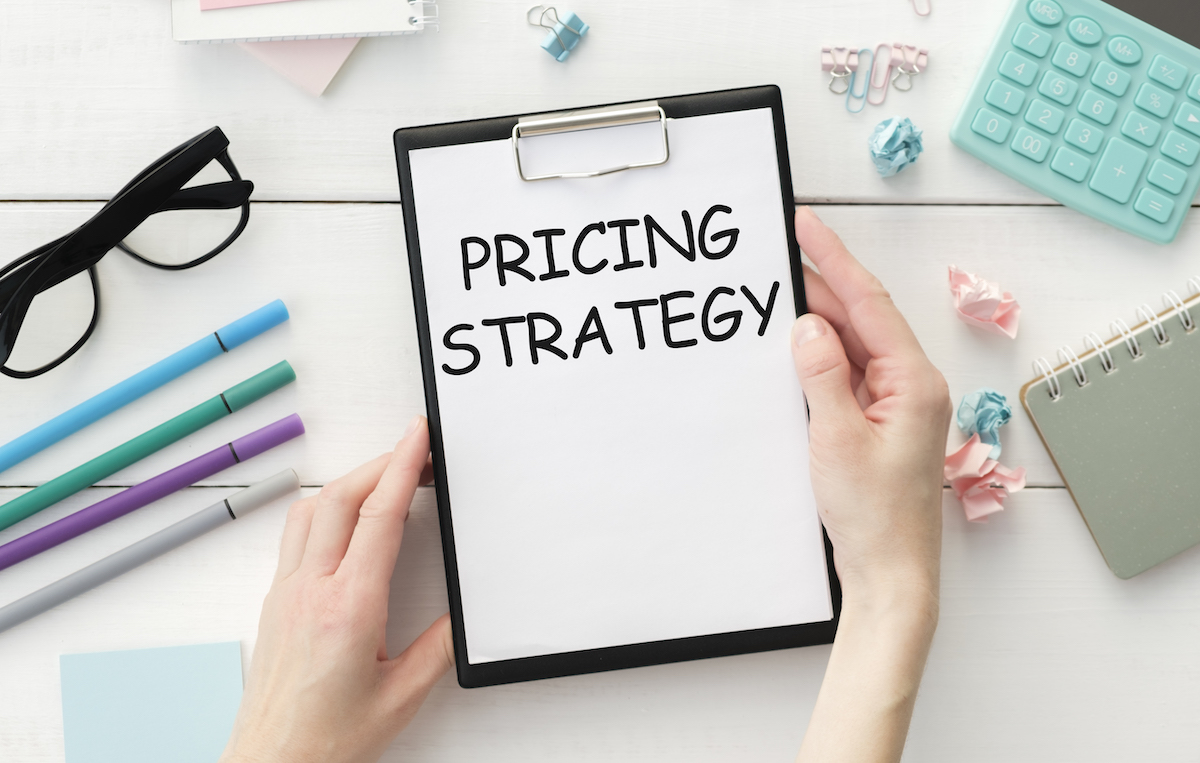Discount Pricing Strategies: How to Make Sure Your Business Stays Profitable

Estimated reading time: 3 minutes
Table of contents
As a business working its way through difficult times, you might be looking for new ways to engage your customer base – and discount pricing strategies could well be the key to increasing your profits. Though it may seem counterintuitive to shave money off the price of your product or service, this article will show you how such a strategy can actually be profitable.
What Is Discount Pricing Strategy?
Discount pricing strategy describes a business technique used primarily to shift volumes of stock, though it can also be a lucrative way to raise a business’ profile. If you have ever visited a supermarket and seen a point-of-sale sign or device offering a ‘limited time offer’ or ‘X% discount’ on a range of products, or if you’ve visited an e-commerce site and been prompted to select a ‘savings bundle’, you have encountered a kind of discount pricing strategy.
They come in different shapes and sizes, but the essential purpose is to entice customers to purchase, whether it be purchasing a higher volume of a given product or switching brands to do so – which itself can confer longer-term benefits to the business in question.
SEE ALSO: Why You Should Use Budgeting Apps
The Types of Discount Pricing
There are many different ways in which discounts can be applied, which have their own effects and benefits for businesses and consumers alike. One of the most common types found ‘in the wild’ is the volume discount, which offers a bulk amount of product for a lower price-per-unit: for example, buy 4 for 15% off.
Other kinds of quantity discounts exist too, including ranges of products or the reduction in postage costs for bulk orders. Loyalty discounts involve the giving of exclusive pricing to customers with a loyalty card or membership of some sort.
This can be leveraged in a number of ways: you can offer discounts in exchange for emails, which themselves can derive further profits through email marketing; alternatively, you can offer discounts to certain subsets of people, such as teachers, health workers, or serving military. This way you can align your business or brand with a cause, and potentially expand your reach within a community.
SEE ALSO: 7 Best Apps for Remotely Working from Home
Ensuring Profitability
As may have been hinted at in the previous section, discounts do not simply represent a loss of money for the business. Discount pricing strategy would not make much business sense if it didn’t confer measurable benefits to the company.
There are numerous metrics by which discounts can improve a business, and your strategy should depend on which one you want to focus on improving. A store or e-commerce platform with a large product range might be focused on driving visitors, whether footfall or click-through to the site in question – half the battle when it comes to increasing profits.
To do this, said store might offer a product at a ludicrously cheap price, even lower than the cost price. This results in a negative GP on that particular product, but the money is more than made back in the sale of other products to the same customer, with far higher GPs. This is called loss-leading.
Another aim might be to grow the mailing list, making loyalty discounts a great way to harvest email addresses for less than a marketing drive might cost. These emails represent further profit for the company; email marketing is the single most effective form of advertising in terms of ROI, greatly increasing your sales thanks to a small dip in GP for select few products.







